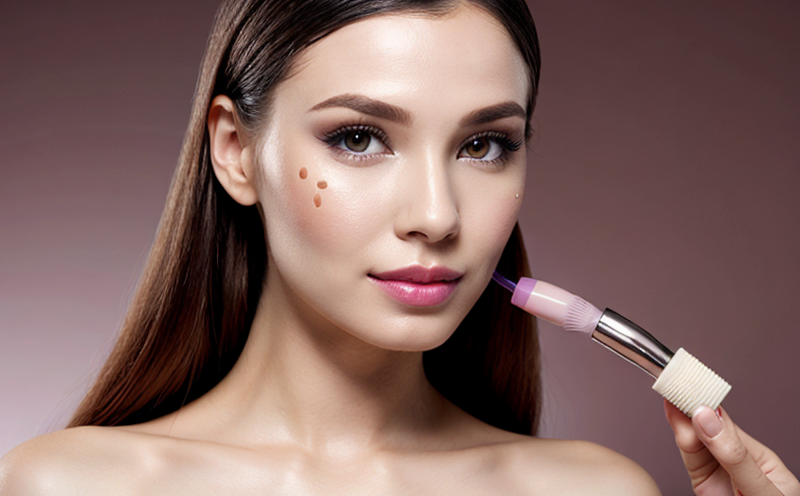In Vitro Endocrine Disruption Testing in Cosmetics
Endocrine disruption is a critical concern in the cosmetics industry due to its potential impact on human health and the environment. In vitro endocrine disruption testing (In VIT) aims to assess whether cosmetic products or ingredients might interfere with hormone signaling pathways, leading to adverse effects. This method uses non-animal models such as cell cultures, tissue slices, and recombinant proteins to evaluate the interaction between cosmetic substances and biological systems.
In vitro tests are increasingly preferred over in vivo testing for several reasons: they reduce animal use, provide faster results, allow for dose-response relationships, and can be used to study complex interactions. The primary goal of In VIT is to identify potential endocrine disruptors early in the development process, enabling formulation adjustments before products reach the market.
One key aspect of In Vitro testing is the use of hormone-sensitive cell lines like MCF-7 (estrogen responsive) or H295R (glucocorticoid sensitive). These cells are exposed to cosmetic ingredients under controlled conditions. The response of these cells can indicate whether a substance has the potential to mimic, block, or alter endocrine function.
Another approach involves using organotypic tissue slices from various organs such as liver and fat tissue, which maintain more native physiological characteristics than cell cultures alone. This allows for the assessment of systemic effects on multiple target tissues within the body.
The reliability of In VIT depends heavily on standardization and validation. Compliance with international standards like ISO 17025 ensures that laboratories conducting these tests adhere to rigorous quality management systems. Additionally, adherence to guidelines from organizations such as OECD (Organisation for Economic Co-operation and Development) is crucial for ensuring consistency across different studies.
Testing protocols must also consider matrix effects—how the chemical structure of a substance influences its interaction with biological targets. For example, certain functional groups or molecular configurations may enhance endocrine activity while others might inhibit it. Understanding these nuances is essential for accurate interpretation of test results.
A significant challenge in developing effective In VIT methods lies in accurately modeling complex physiological processes that occur within intact organisms. While single-cell assays offer rapid screening capabilities, multi-parameter analyses involving multiple cell types and tissues provide more comprehensive insights into potential risks associated with a given cosmetic ingredient or formulation.
Despite advancements made towards improving the predictive value of In Vitro models, some limitations persist. For instance, current technologies may not fully capture all aspects of hormonally active compounds present in real-world conditions. Therefore, integrating multiple types of tests—including both in vitro and in vivo approaches—can help bridge gaps between laboratory findings and clinical observations.
To summarize, In Vitro Endocrine Disruption Testing plays a vital role in ensuring the safety of cosmetics by providing early indicators of potential health risks linked to endocrine disruption. By leveraging cutting-edge scientific techniques and adhering closely to established standards, laboratories can contribute significantly toward safeguarding public health while promoting responsible innovation within this sector.





